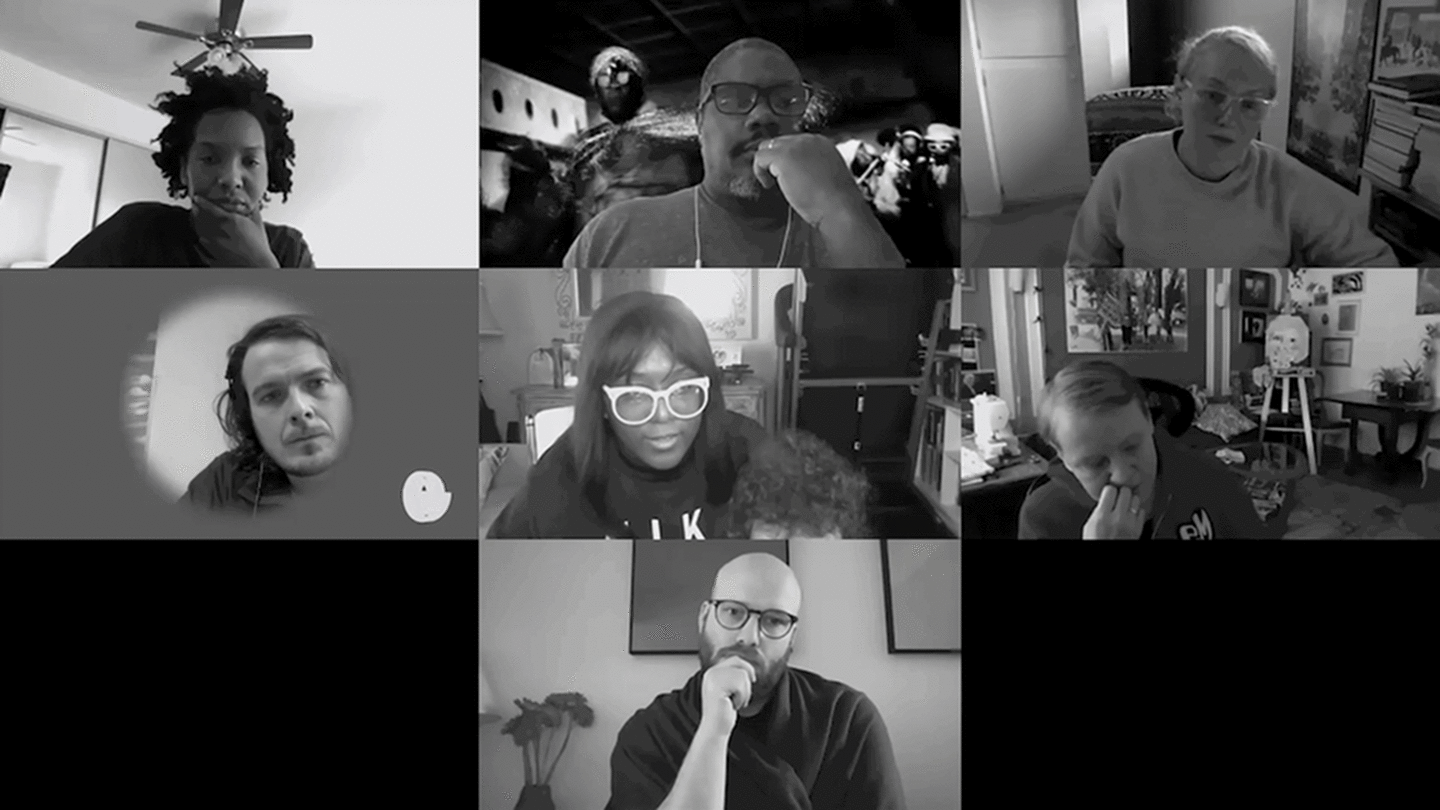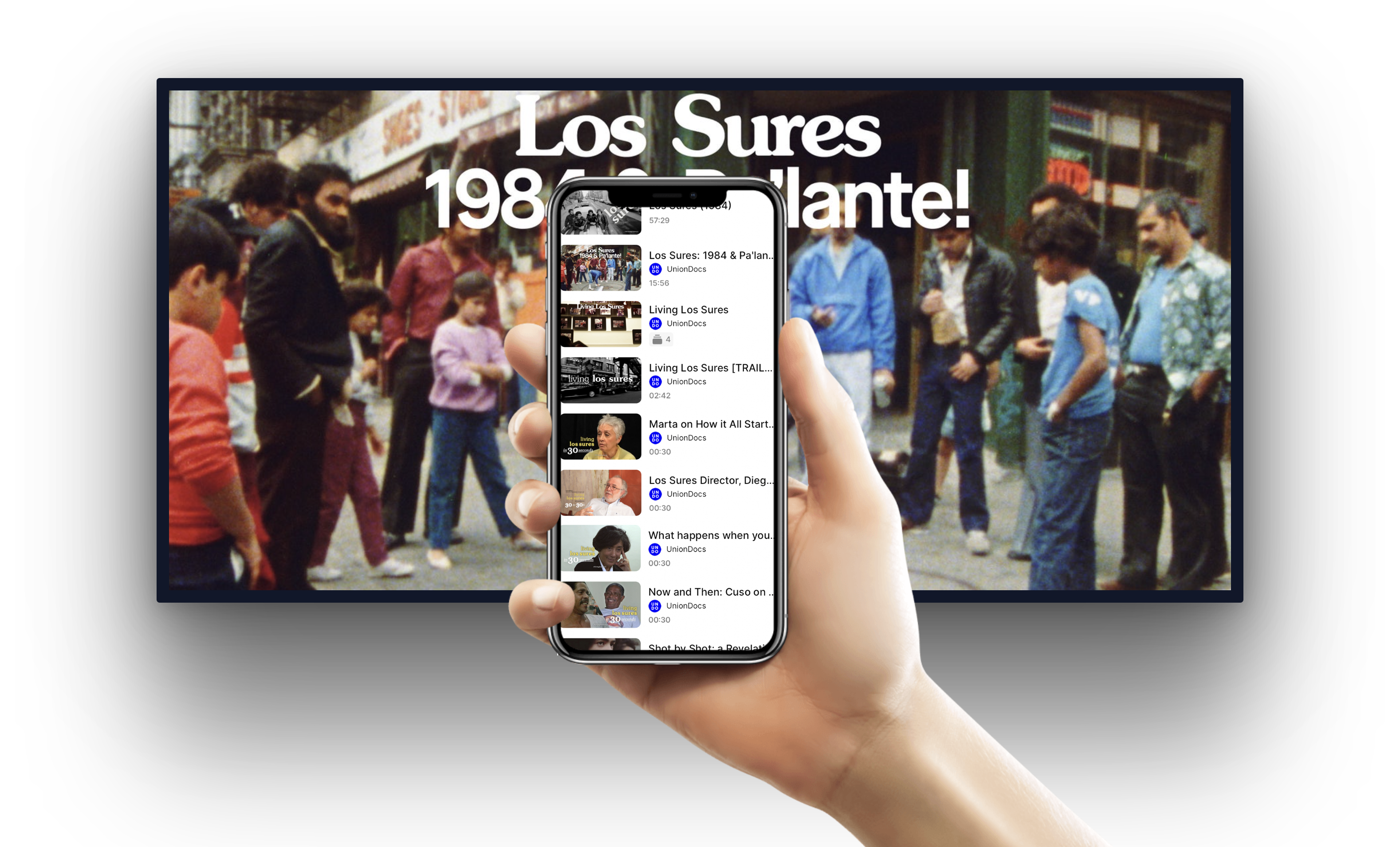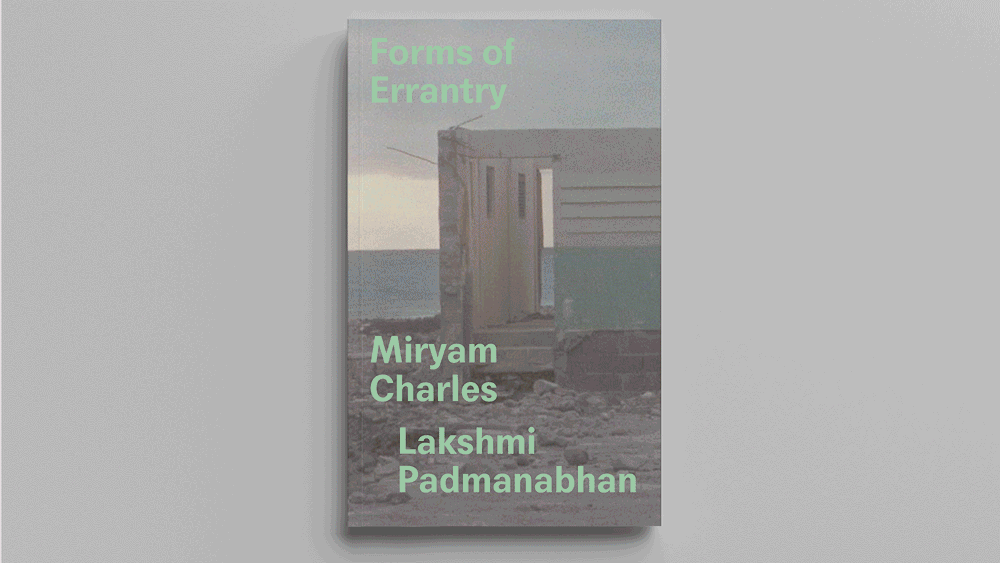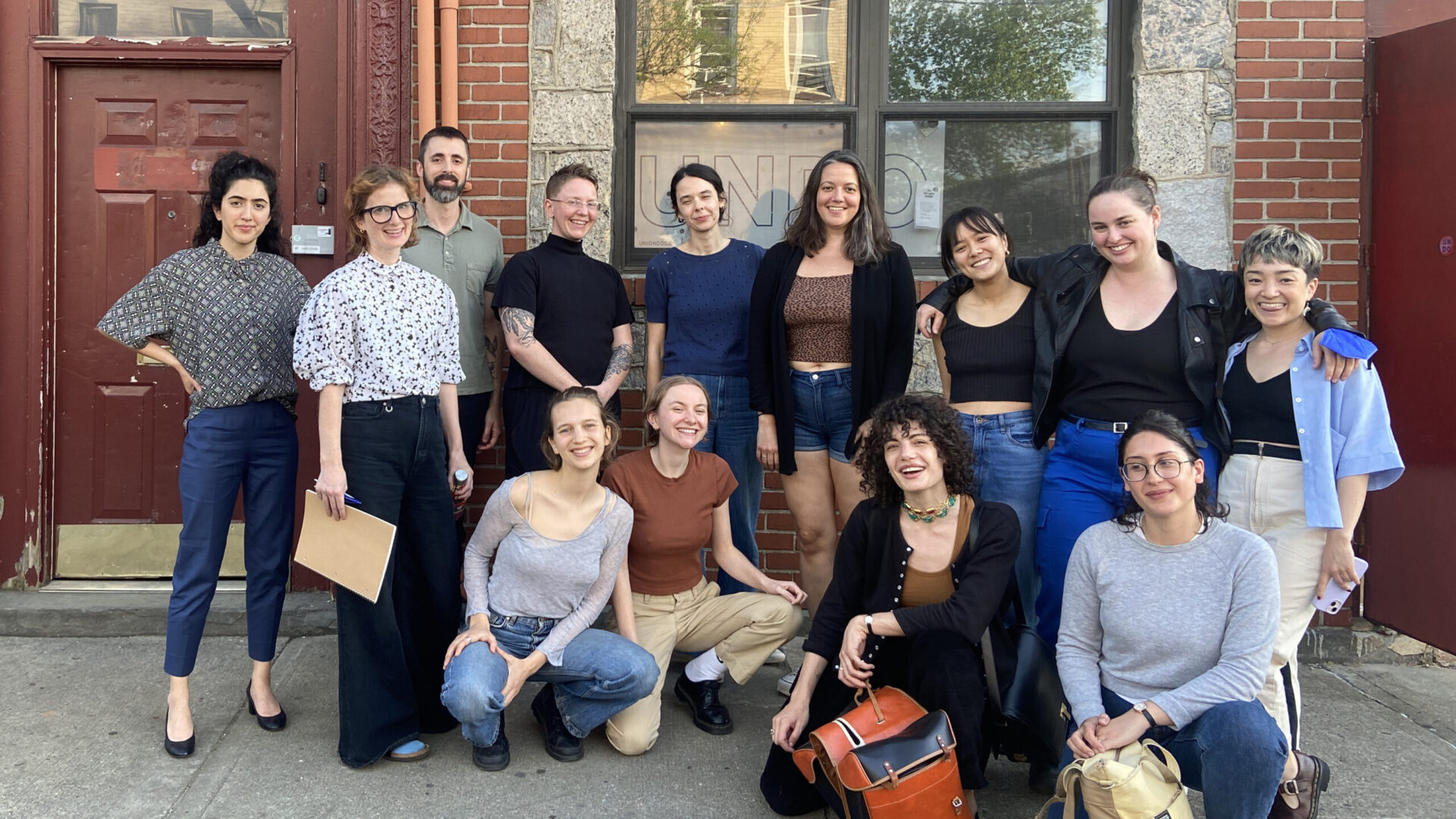CARCERAL SCREENS
AND THE
ABOLITIONIST
IMAGINATION
CARCERAL SCREENS AND THE ABOLITIONIST IMAGINATION
Cop shows, prison films, and true crime docs have a long history of glorifying the criminal justice system, naturalizing its inherent violence, and narrowing the imaginative possibilities for abolition.
In a new iteration of our Collaborative Studio, co-designed with esteemed experimental filmmaker Christopher Harris, we invite a collective to examine, contextualize and dismantle scripts of the carceral state from the archives of popular culture.
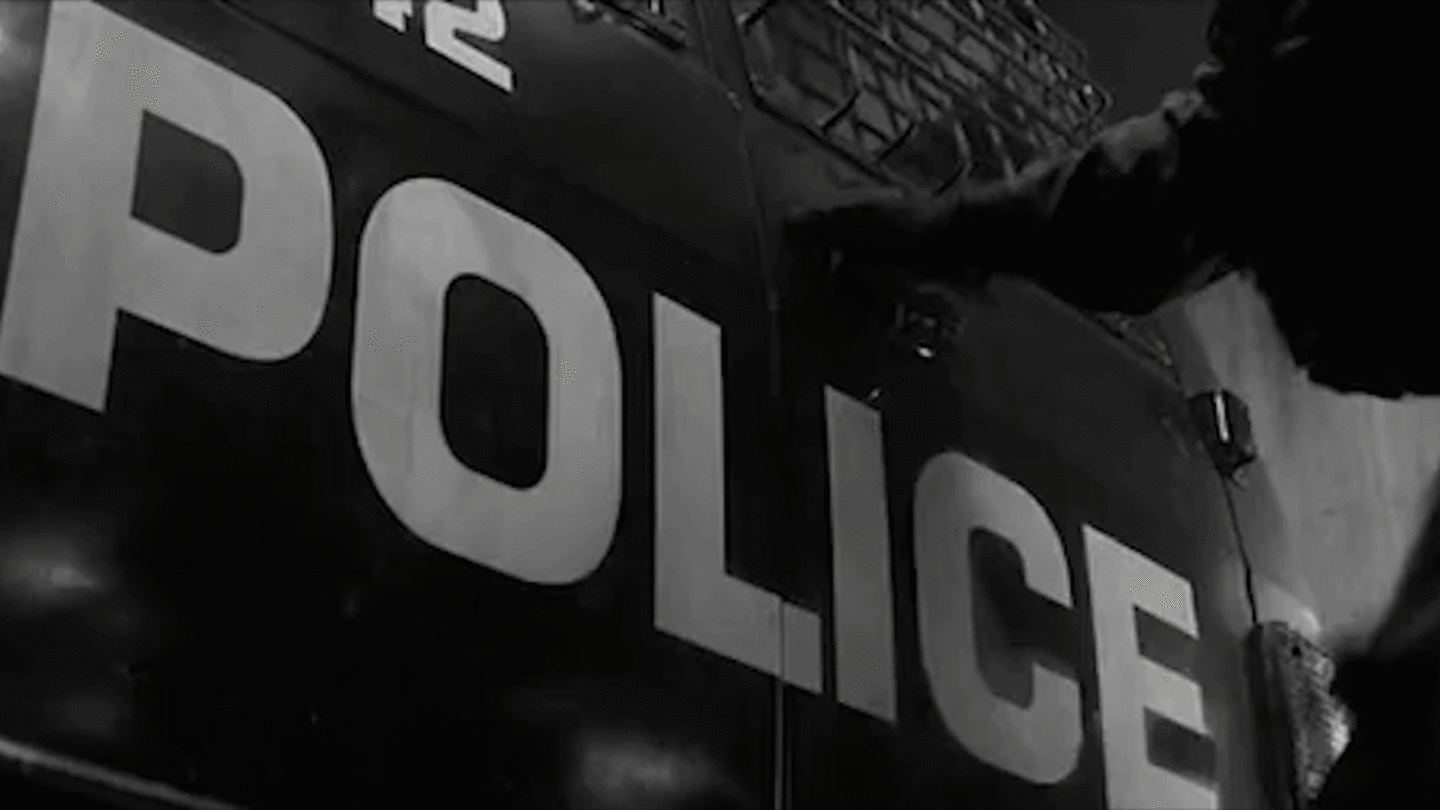
The system of carceral power is industrial, privatized, financialized, and also deeply narrative; and the drama of criminal justice is big business. Prominent film critic and blogger Girish Shambu (https://girishshambu.net/) describes “all the ideological work done by the *thousands* of hours of TV/movies we’ve watched in the crime/police procedural genres that center cops (especially male), make them identificational figures for the audience, render them “complex/troubled/stressed” (thus endlessly extracting our sympathy), fetishize their individualism (thus discrediting systems of checks and balances that work to maintain accountability), manipulatively make the case for vigilantism, and *over-represent* them in our moving-image lives.
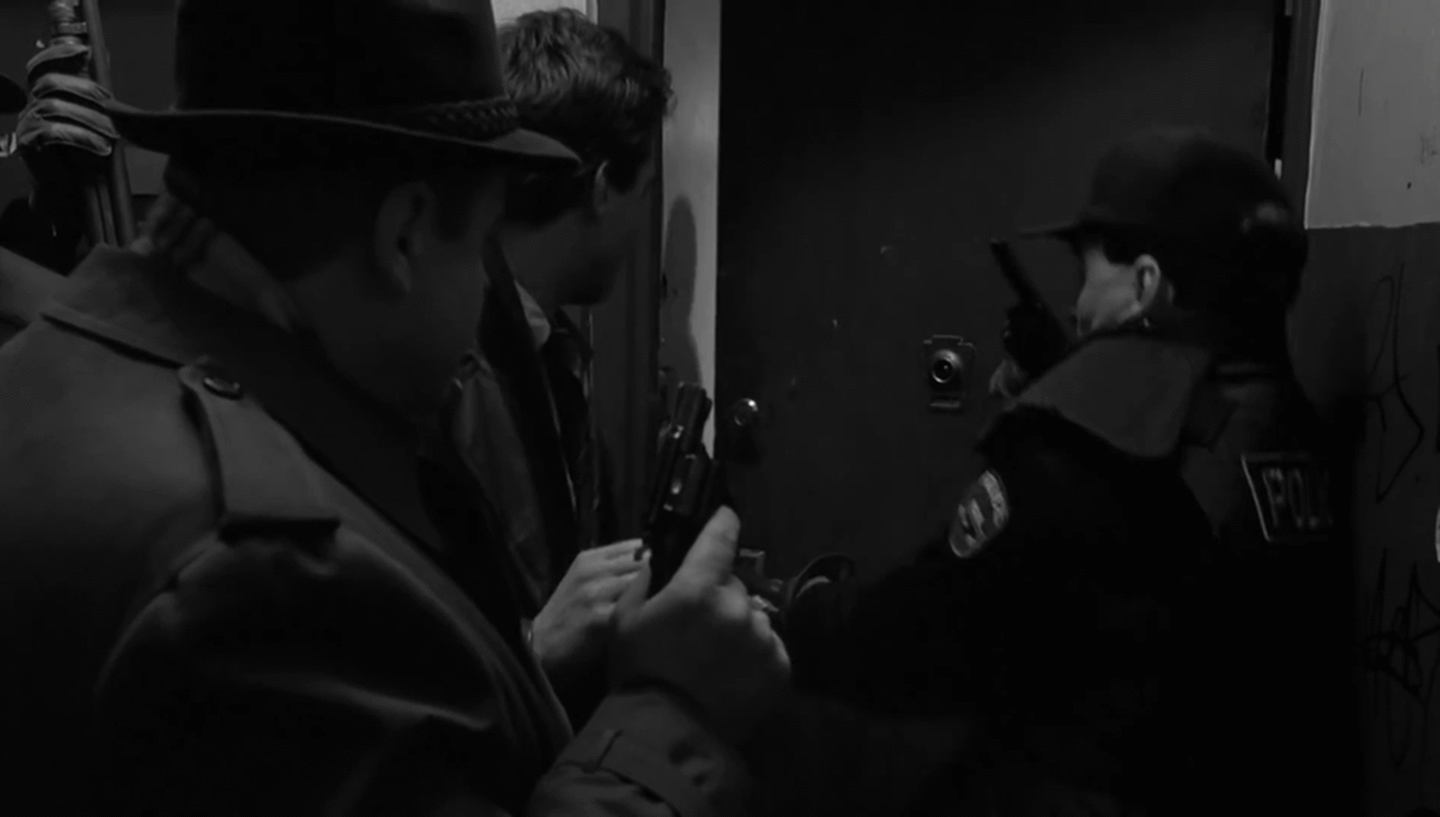
All those late-night “escapist viewing” episodes of Law & Order were always doing some serious socialization work….” For many people of privilege, especially white people of privilege, these scripts may form their primary understanding of policing and their only vehicle to experience the operation of the prison-industrial complex close up.
With this issue at focus, UnionDocs will bring together a talented group of passionate and motivated people to collect and organize examples of cinematic and televisual moving images that exemplify the fantasy of the prison-industrial complex. They will work to expose their falsehood and oppressive power through short critical video essays, supercuts, mash-ups and interview segments, and to repurpose and remix these examples into “counter-narratives” that hope to lend imagination and amplification to the abolitionist movement.
PROGRAM DATES + DEADLINES
May 17, 2021—Aug 6, 2021
Carceral Screens and the Abolitionist Imagination Session
Apr 5, 2021
Applications Open
Apr 23, 2021
Info Session – 2PM
Apr 27, 2021
Practicing Abolition Futures Public Program
Apr 30, 2021
Applications Deadline
May 3 — 7, 2021
Applicant Interviews
SEEKING FILMMAKERS, EDITORS, ARCHIVAL RESEARCHERS, PRODUCERS & MORE
SEEKING FILMMAKERS, EDITORS, ARCHIVAL RESEARCHERS, PRODUCERS, & MORE
This is the third iteration of an ongoing experiment in a shorter, more concentrated and online Collaborative Studio (read more about CoLAB here). It still brings together a talented group of emerging artists, but this time to engage in a process of research and collective production with a goal not so much to tell a story claimed by a single community or individual, but instead to dismantle a narrative insidious within contemporary society through its constant repetition.
We’re inviting influential, and radical thinkers on abolition, alongside inspirational artists practicing in this mode to lend their voice and expertise to inform and ground this effort of shared research. With generous artistic leadership provided by Harris, a co-creative, collective mode of authorship will take on this expansive topic. Individuals and small groups will produce short segments that will combine into a series of incisive video essays researched, scripted, and produced together.
At this moment, after last summer’s remarkable energy in uprising and the unprecedented sense of solidarity, when the discourse of abolition has entered the mainstream, we feel the need to carry on the momentum and focus, to avoid things simply returning to normal, to keep urgency in collective action. There is a need to not only show how we got here, but also to inhabit the present, recognizing the opportunities available now.
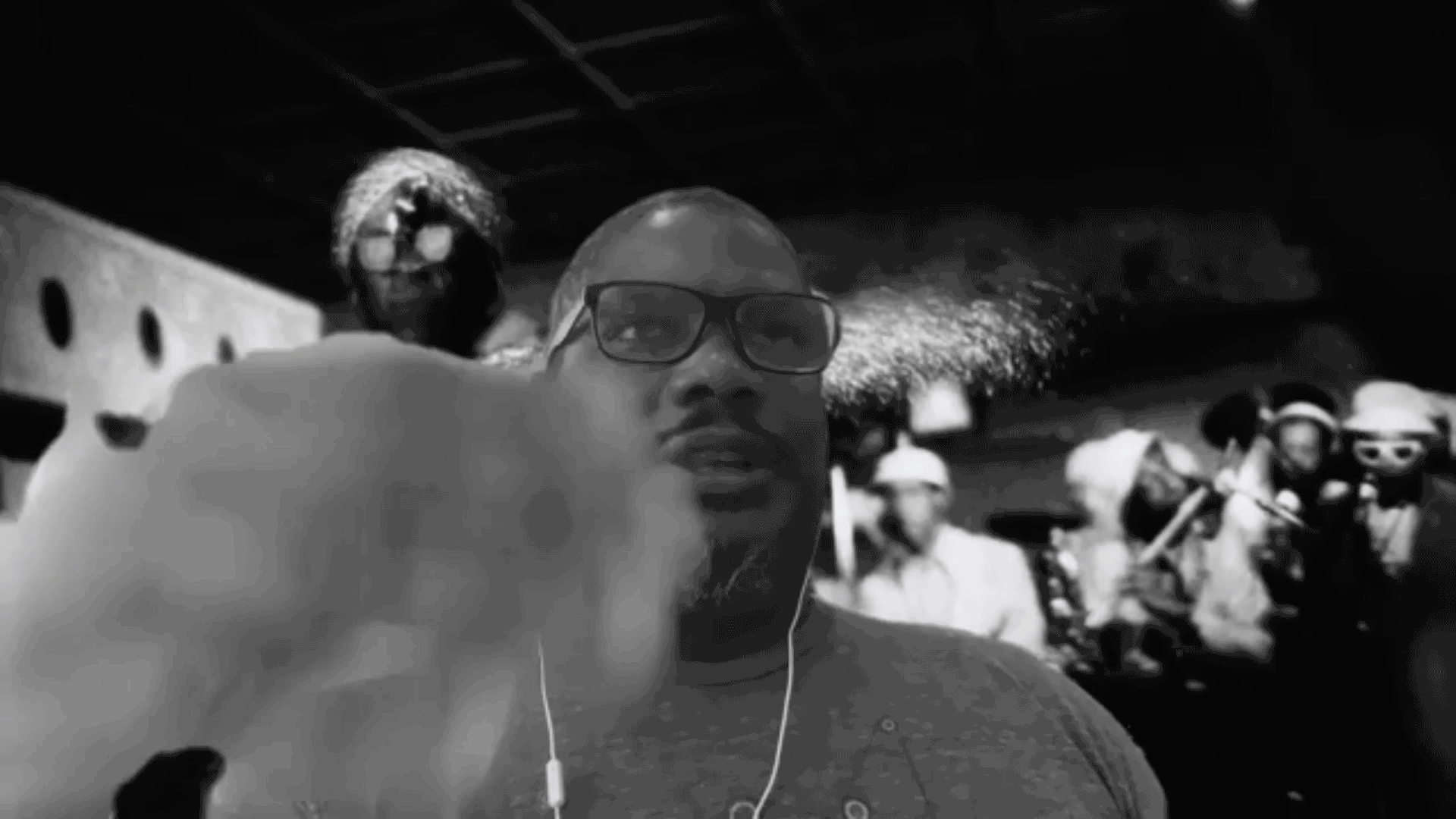
CHRISTOPHER HARRIS
ARTIST LEAD
Christopher Harris makes speculative documentaries of the unreal. His award-winning 16mm films employ formal and material imprecisions, erasures, disjunctions, breakdowns and gaps that disturb realist aesthetics and unmake the rationalized time, circumscribed spaces and policed movements of racial capitalism. His films create Black motion(s) and occupy Black time(s) and Black space(s).
His work has screened at the Locarno Film Festival, the International Film Festival Rotterdam, the Whitney Museum of American Art, Arsenal Berlin, and many other festivals and venues. He is the 2020-2021 Radcliffe-Film Study Center Fellow/David and Roberta Logie Fellow at Harvard University’s Radcliffe Institute for Advanced Study and a 2015 Creative Capital grant awardee. Writing about his work has appeared in numerous books and periodicals including Film Comment, BOMB Magazine and Film Quarterly.
RESEARCH, LEARN, PRODUCE, AND SHARE
